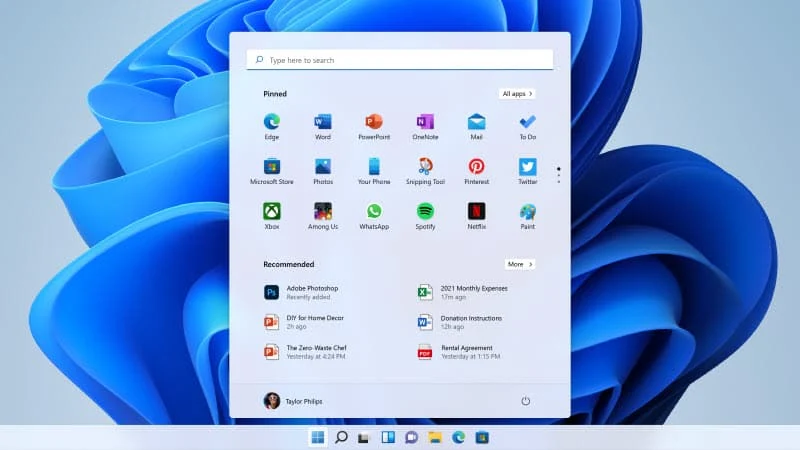Microsoft recently announced Windows 11, the next major update for Microsoft Windows operating system. The company also confirmed that Windows 11 will be available as a free upgrade to all eligible Windows 10 devices starting later this year.
Microsoft is working with the OEM partners to ship Windows 11 with the new devices. For more details on Windows 11 release, its availability, and minimum system requirements, continue reading this post further.

Starting this fall, all eligible Windows 10 devices will be able to upgrade to the next generation of Windows operating system, Windows 11, at no extra cost. Though it is still unclear whether the users running Windows 1, Windows 8, or Windows 8.1 will receive this big update, but theoretically, you can upgrade to Windows 10 and then to Windows 11 operating system.
Upgrading to Windows 11 requires meeting the minimum system requirements mentioned here. At a glance, you would be requiring 1 gigahertz (GHz) or a faster processor with 2 or more cores on a compatible 64-bit system, at least 4 GB RAM, and a minimum of 64 GB free hard disk space.
To check if your current Windows 10 PC is eligible for the free upgrade to Windows 11, visit Windows.com to download the PC Health Check app.
Windows 11 introduces several new features and improvements that include a redesigned Start Menu and Taskbar, new Themes, and a personalized feed with widgets.





